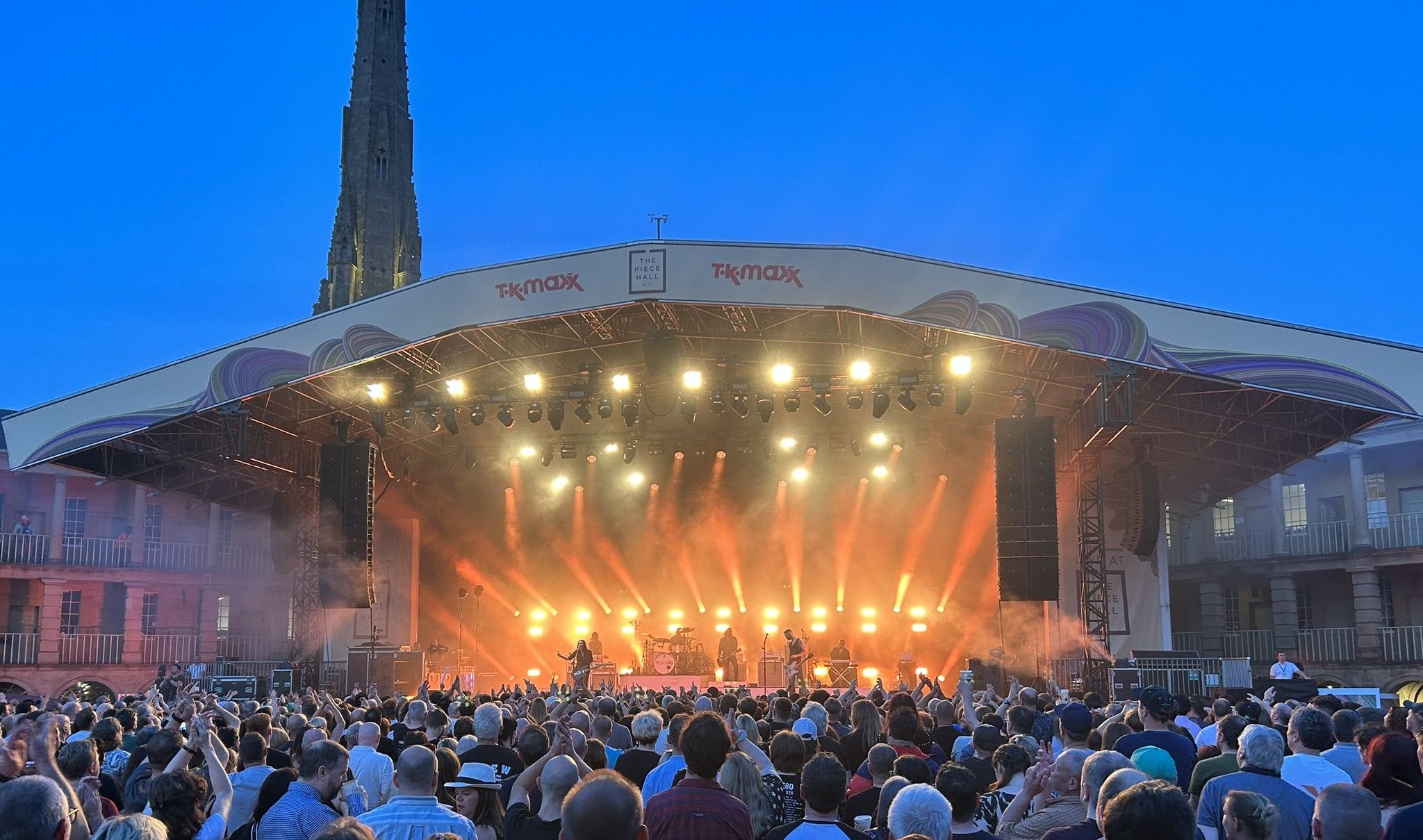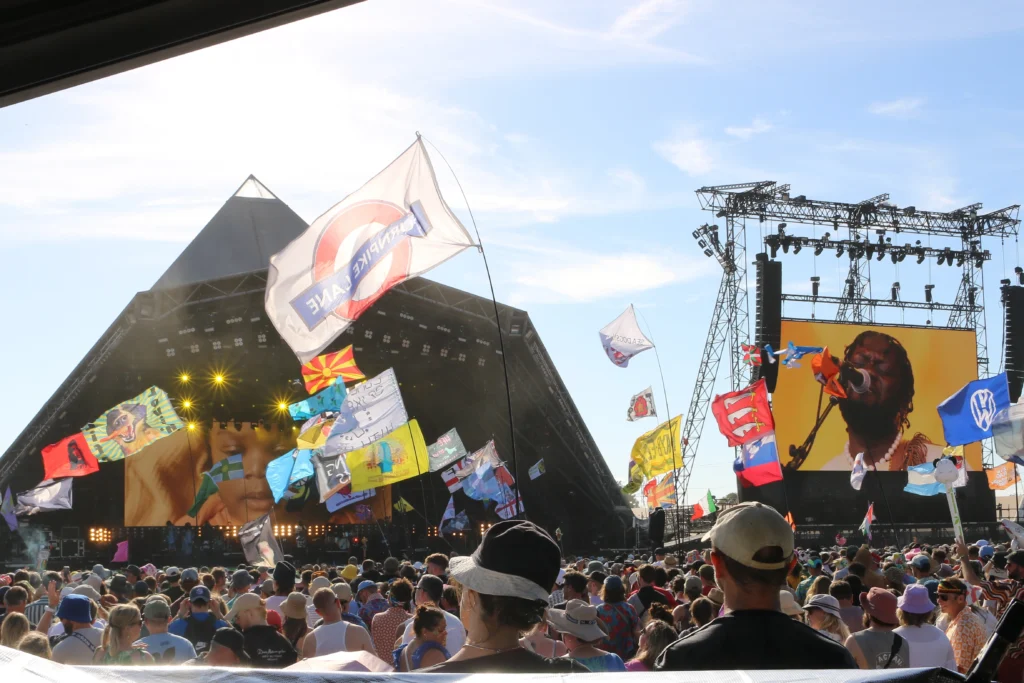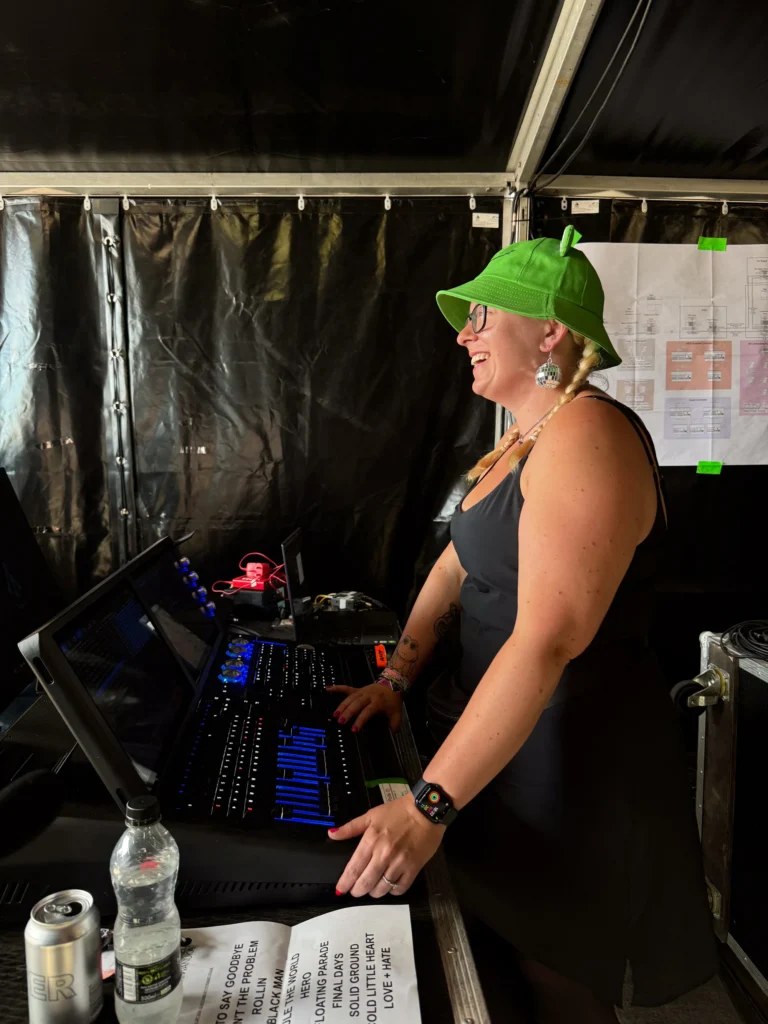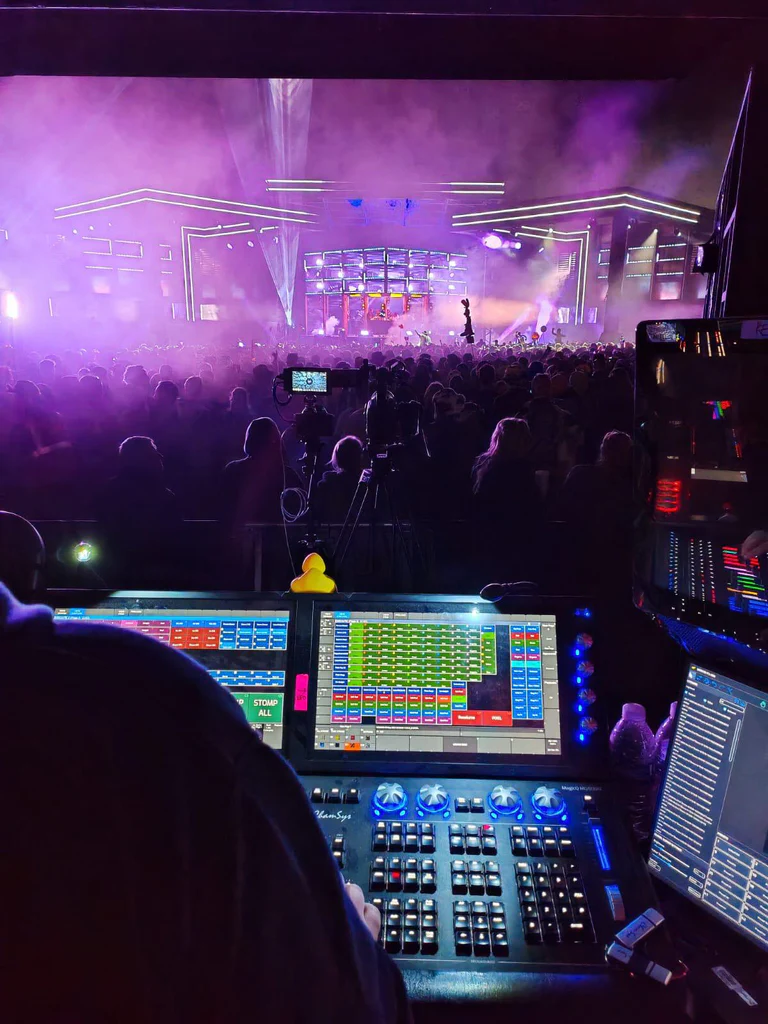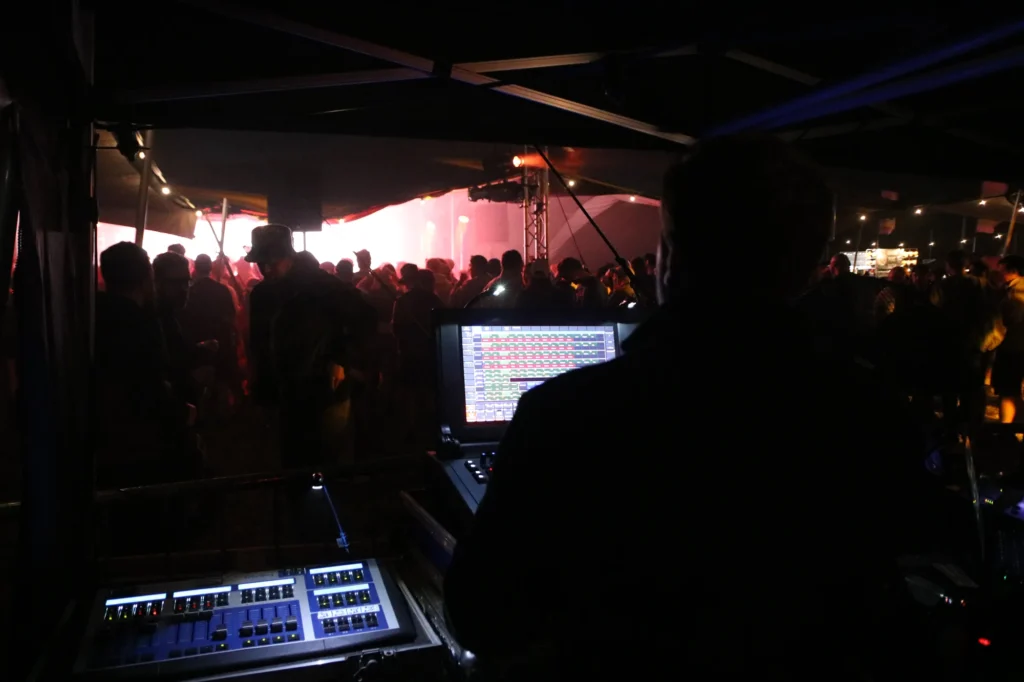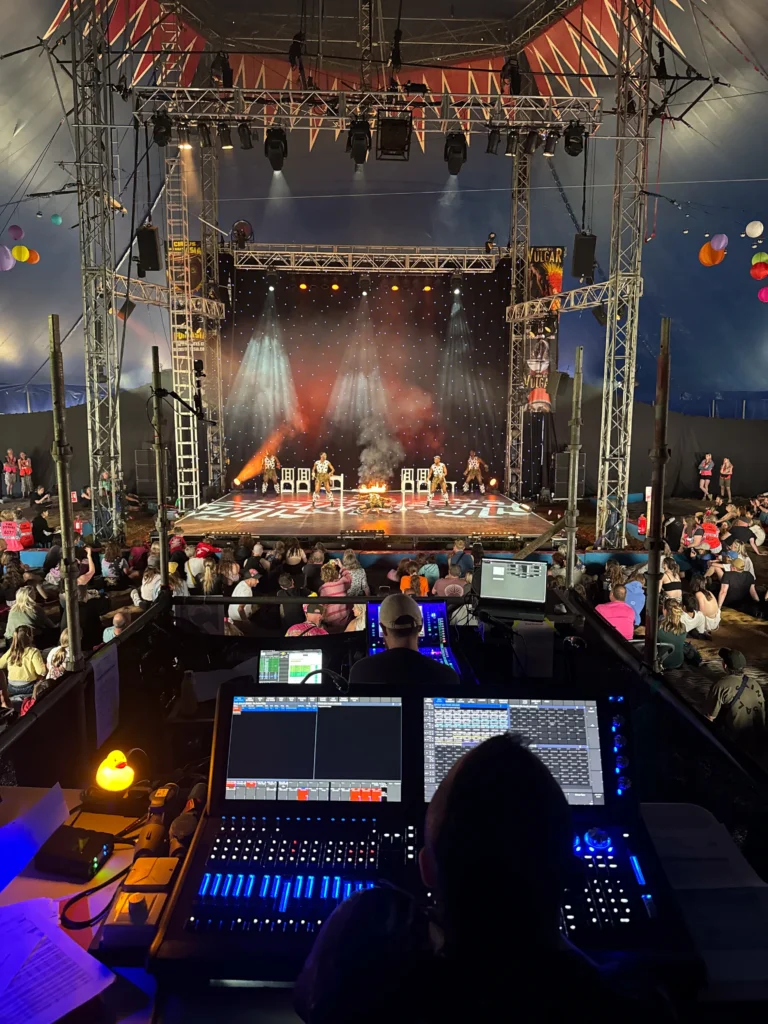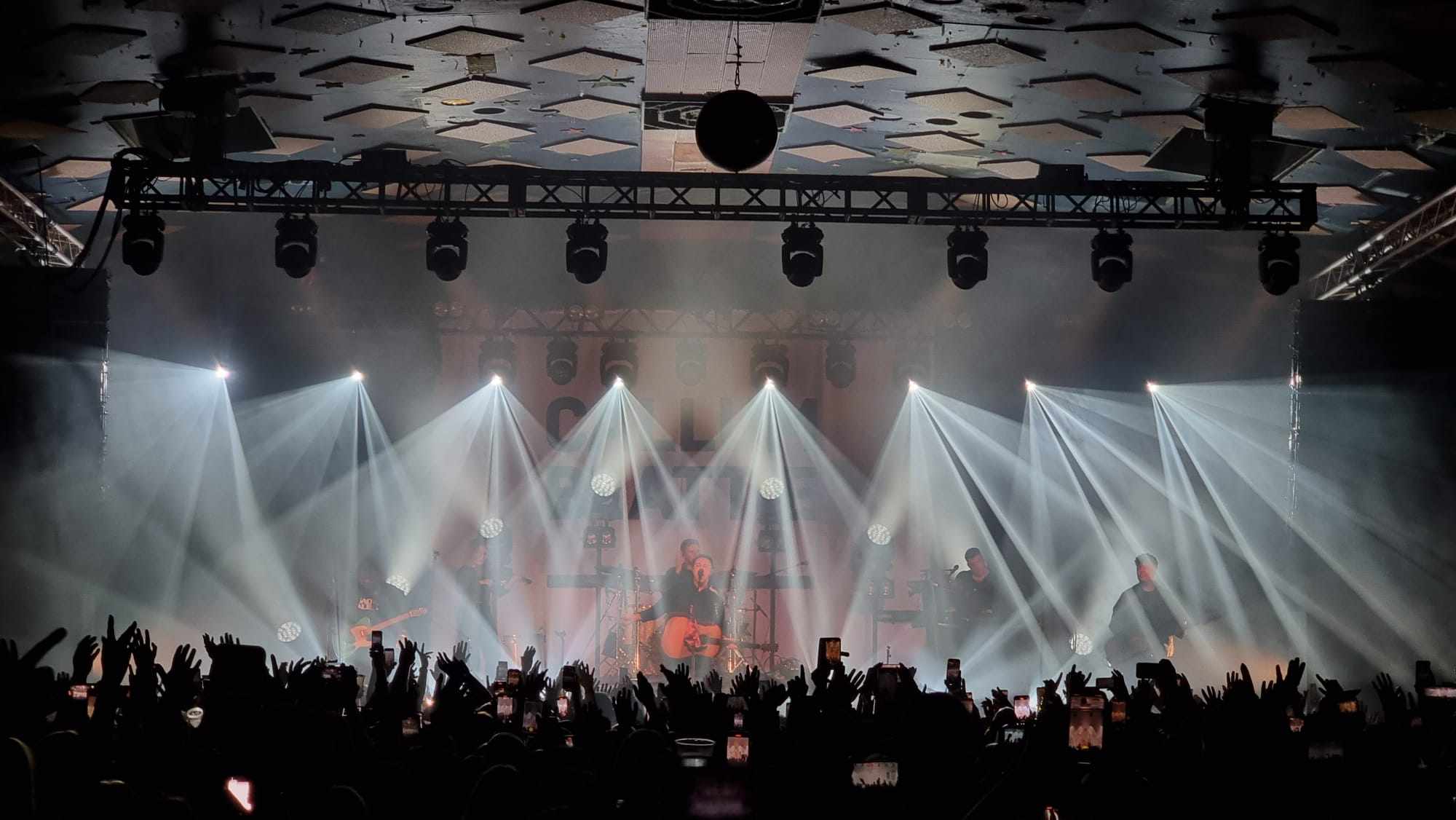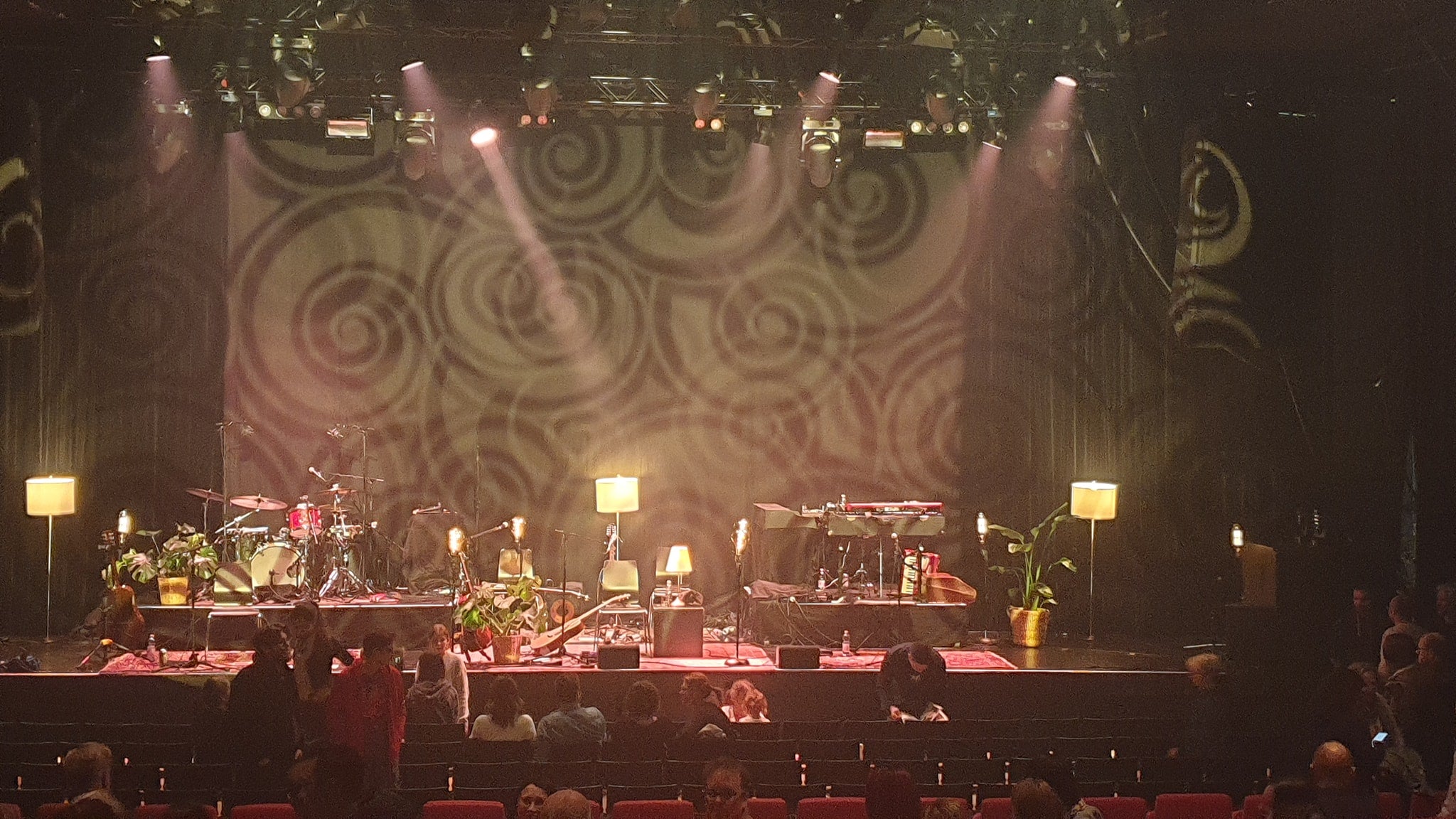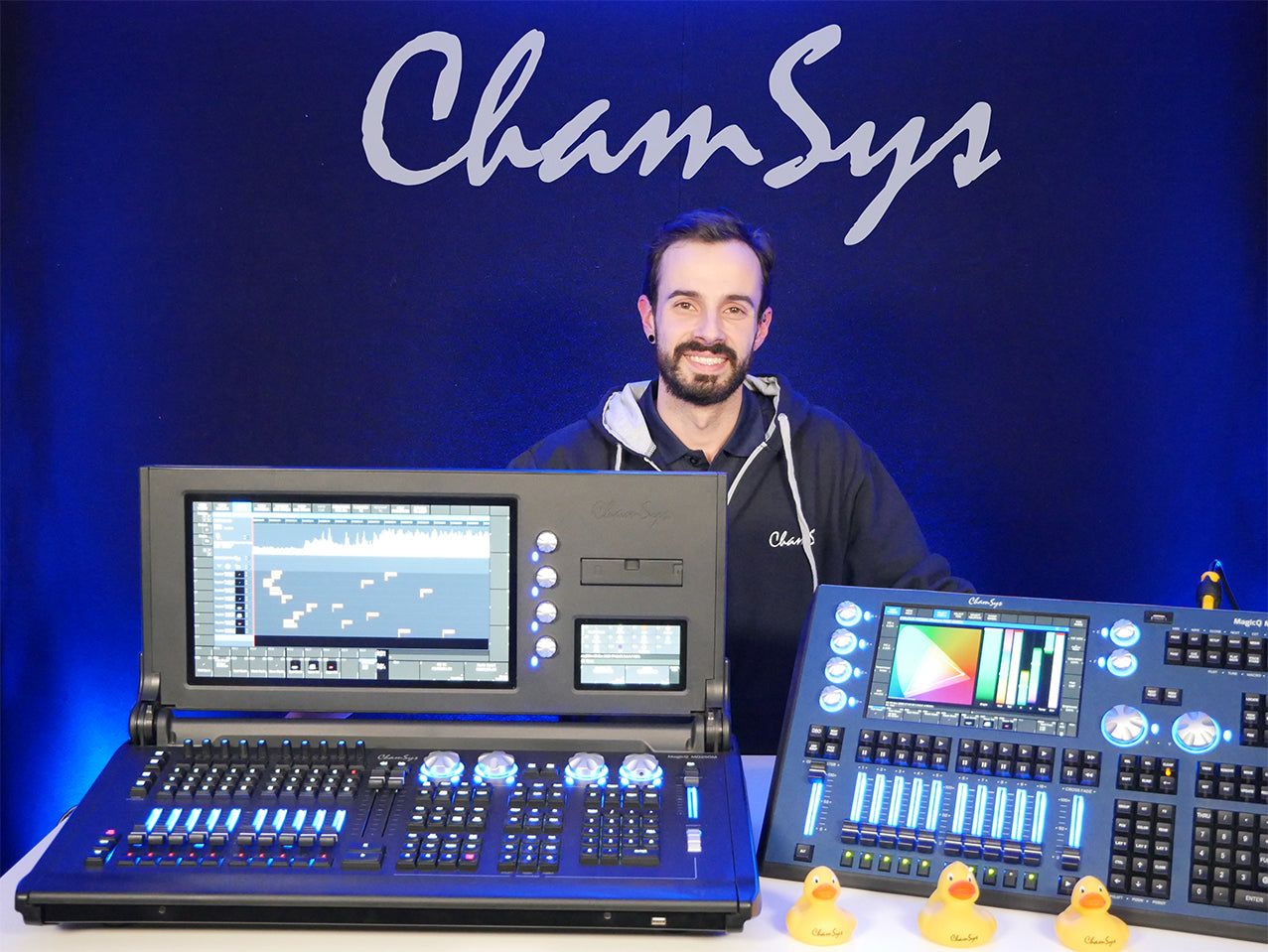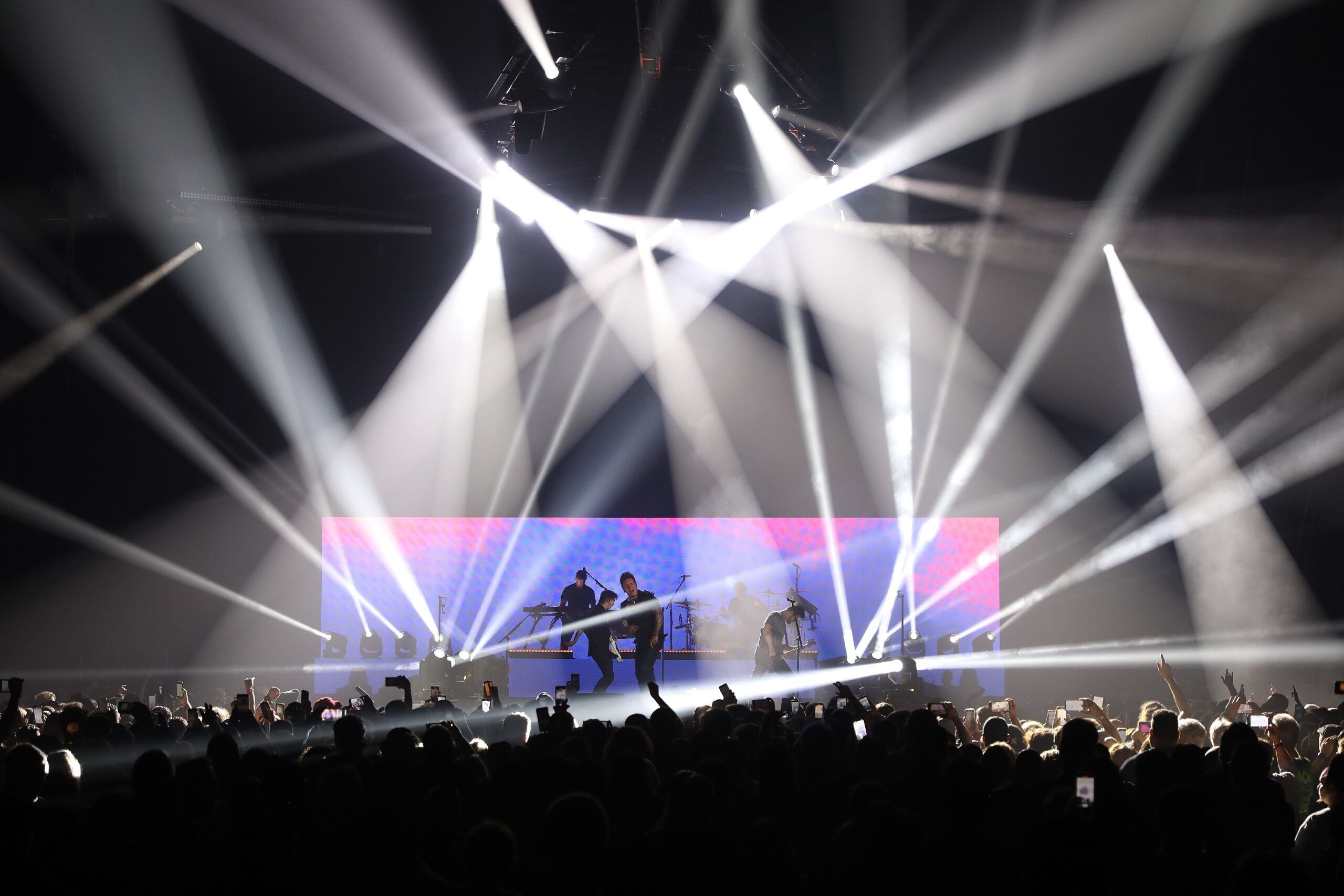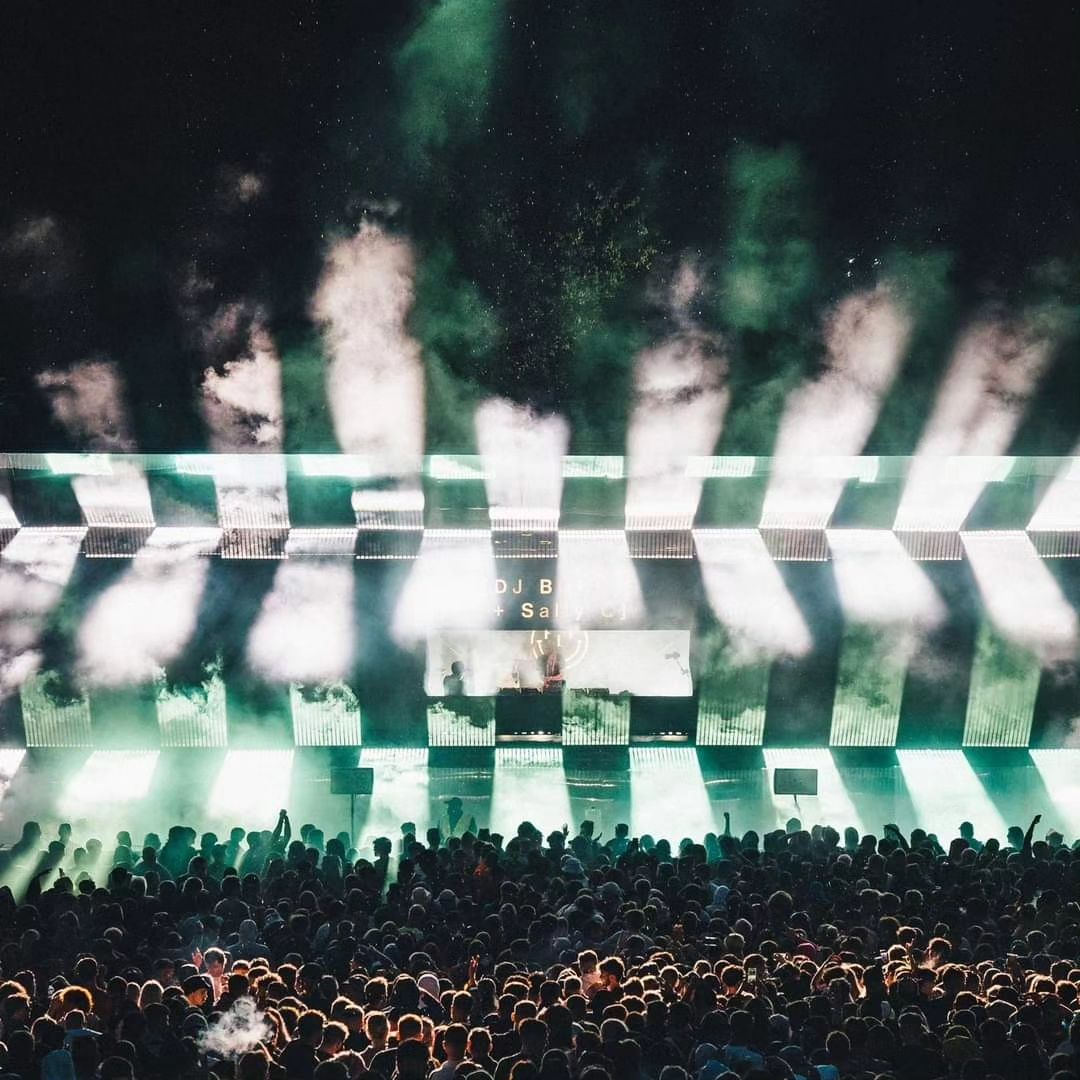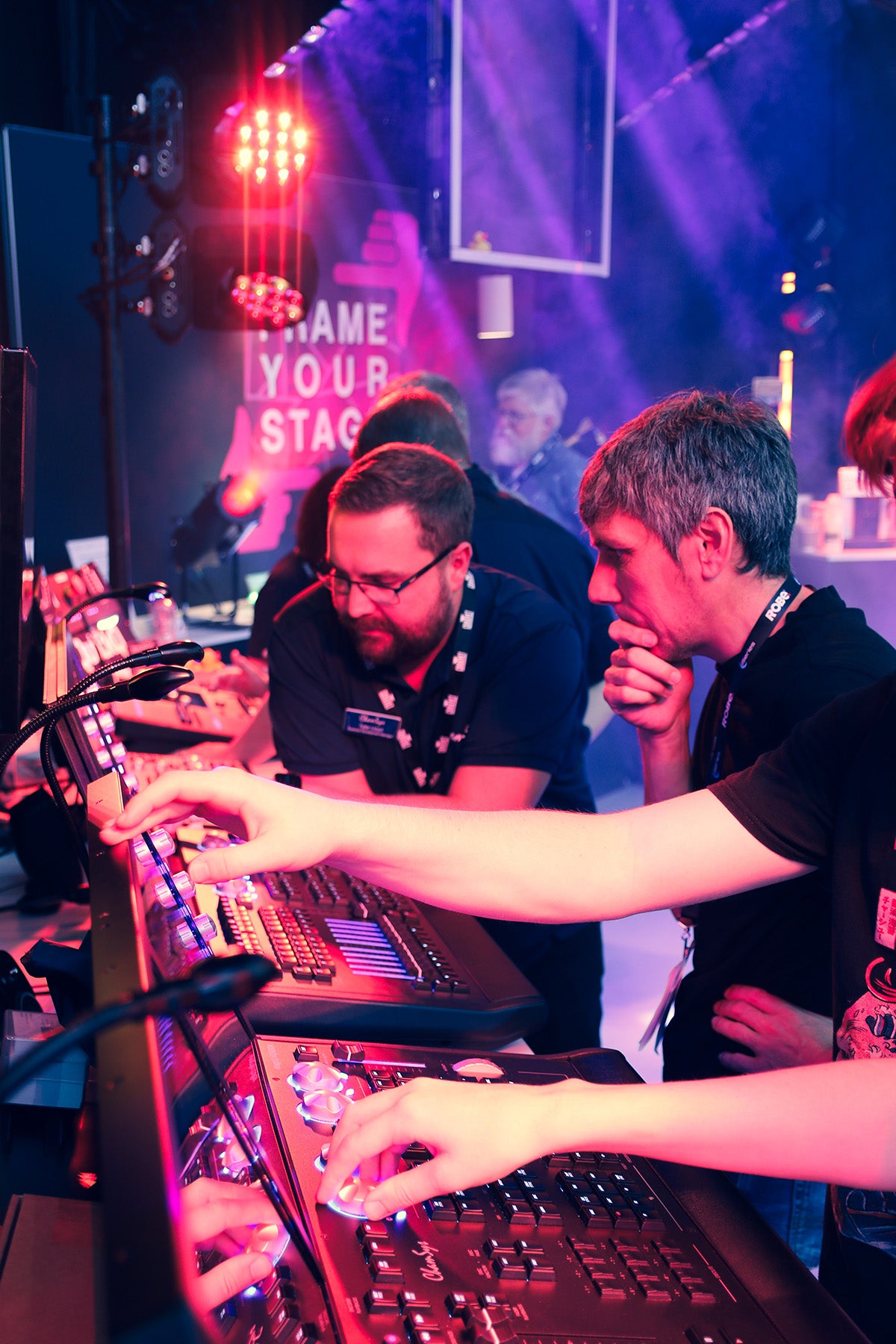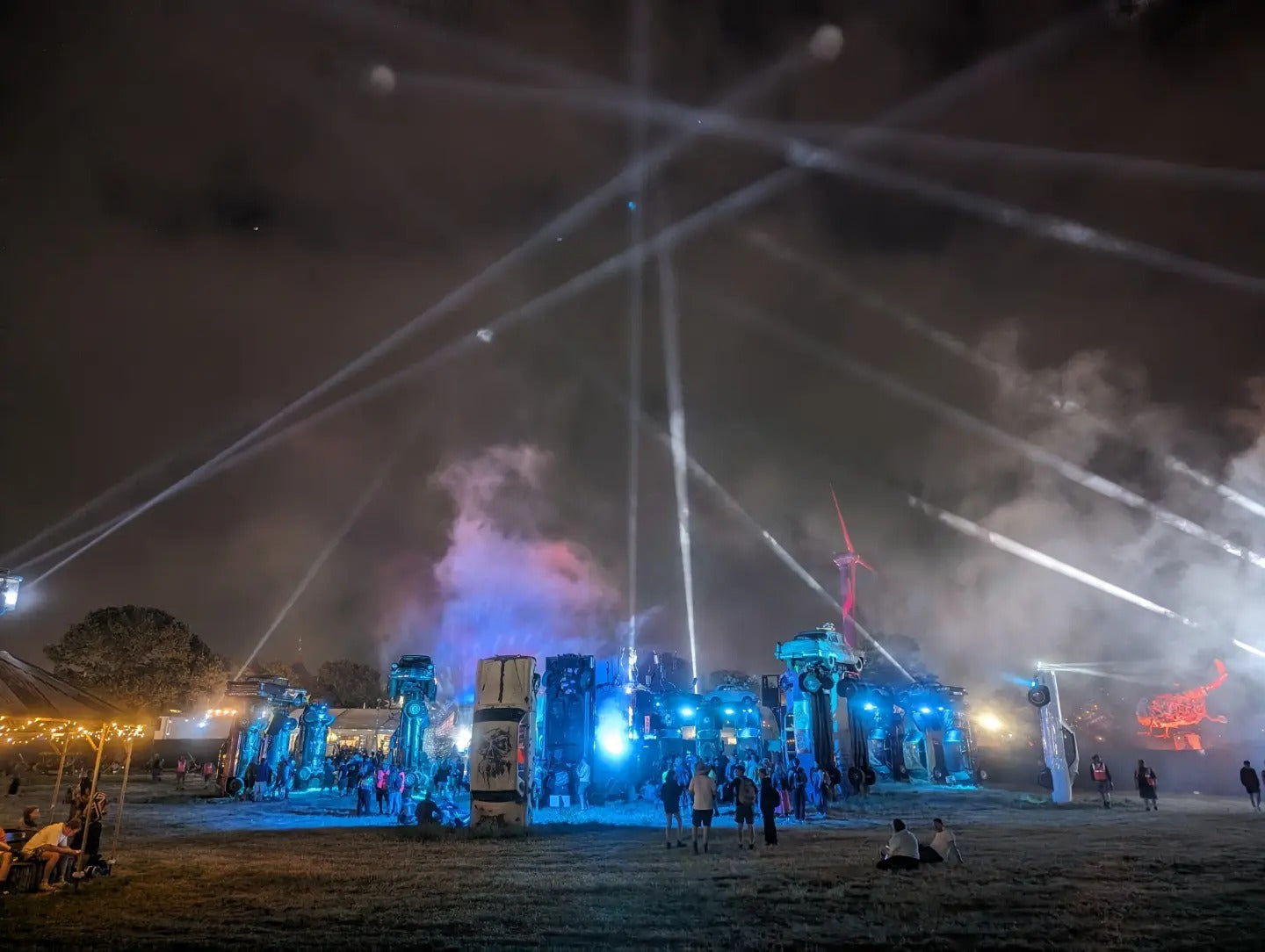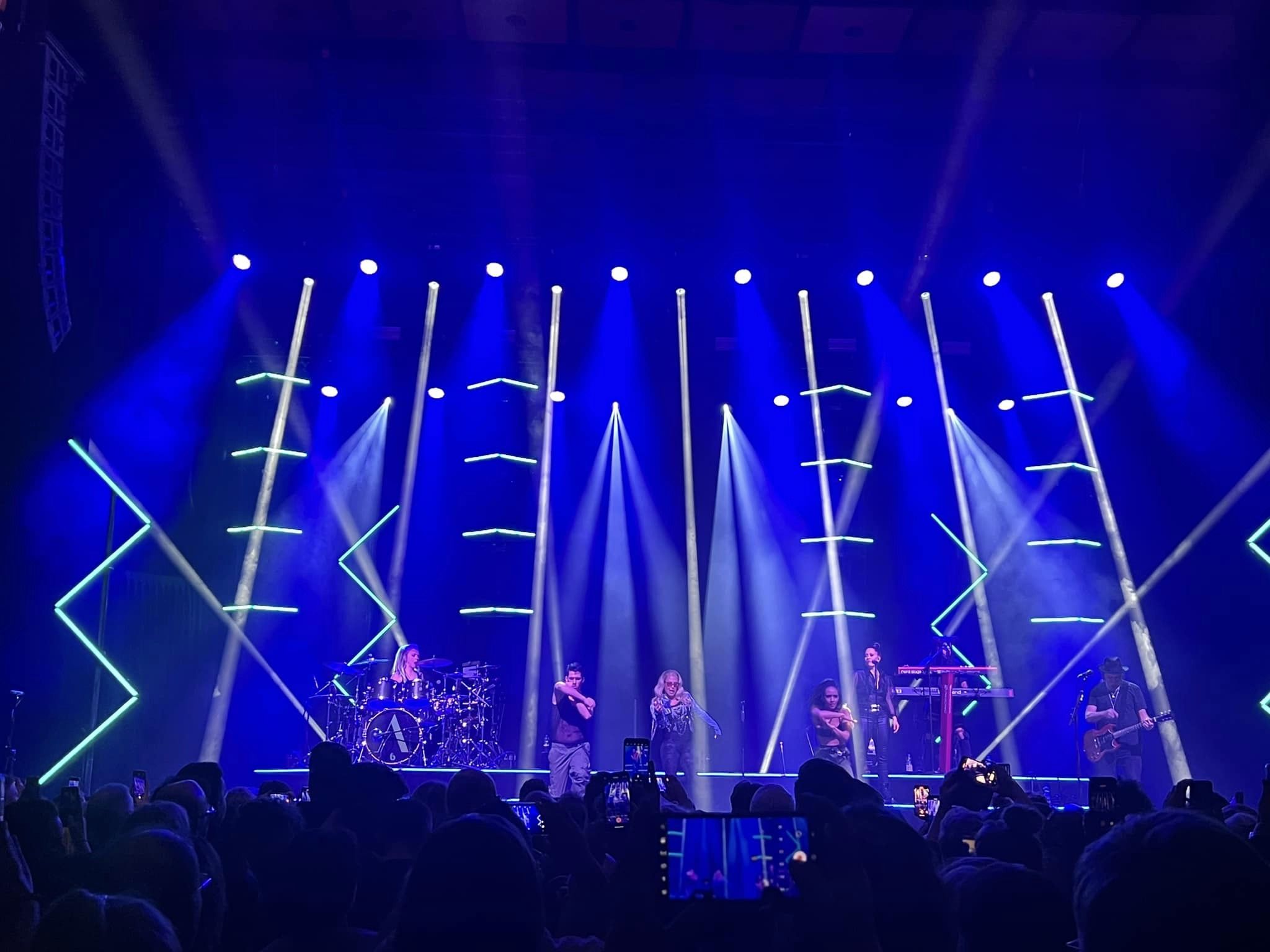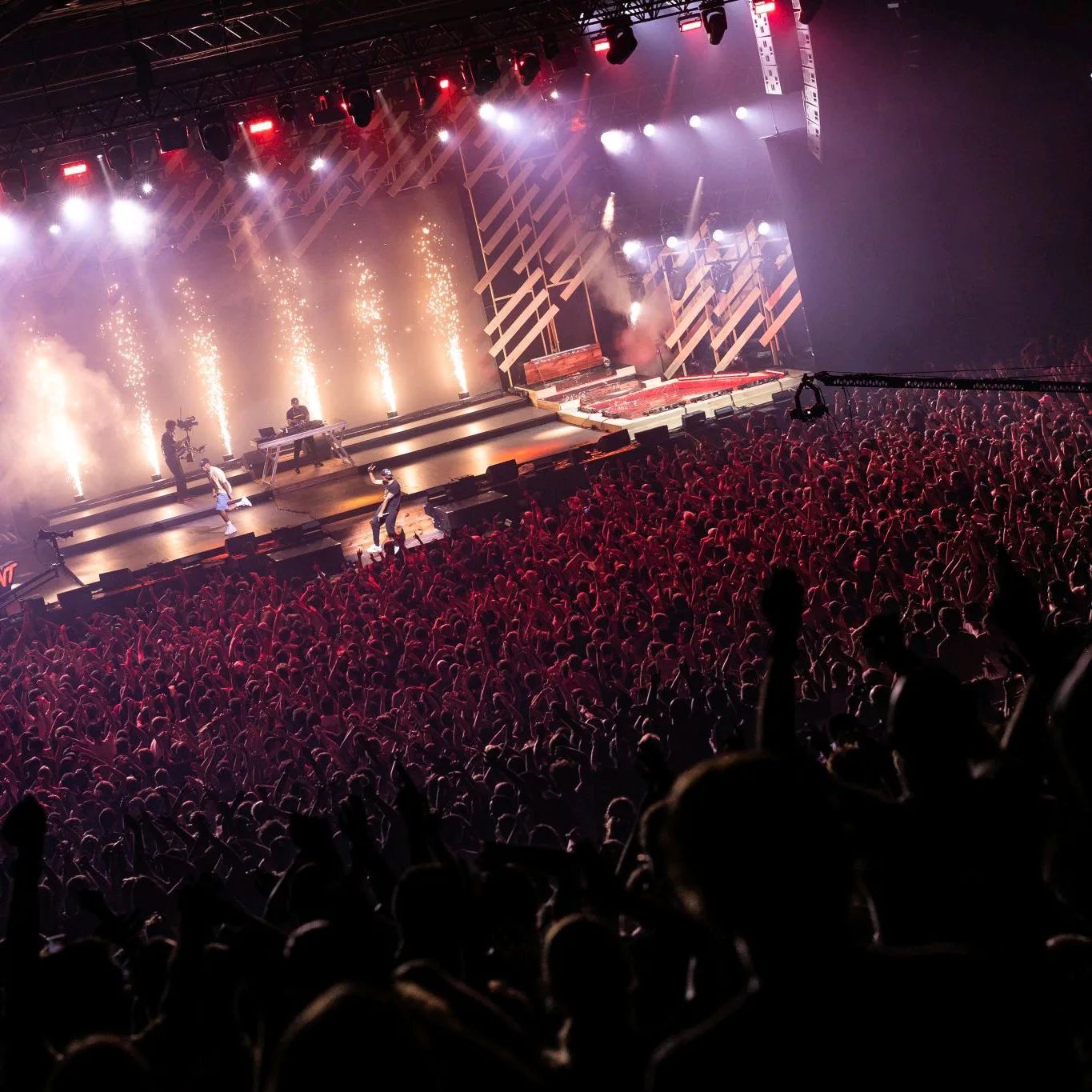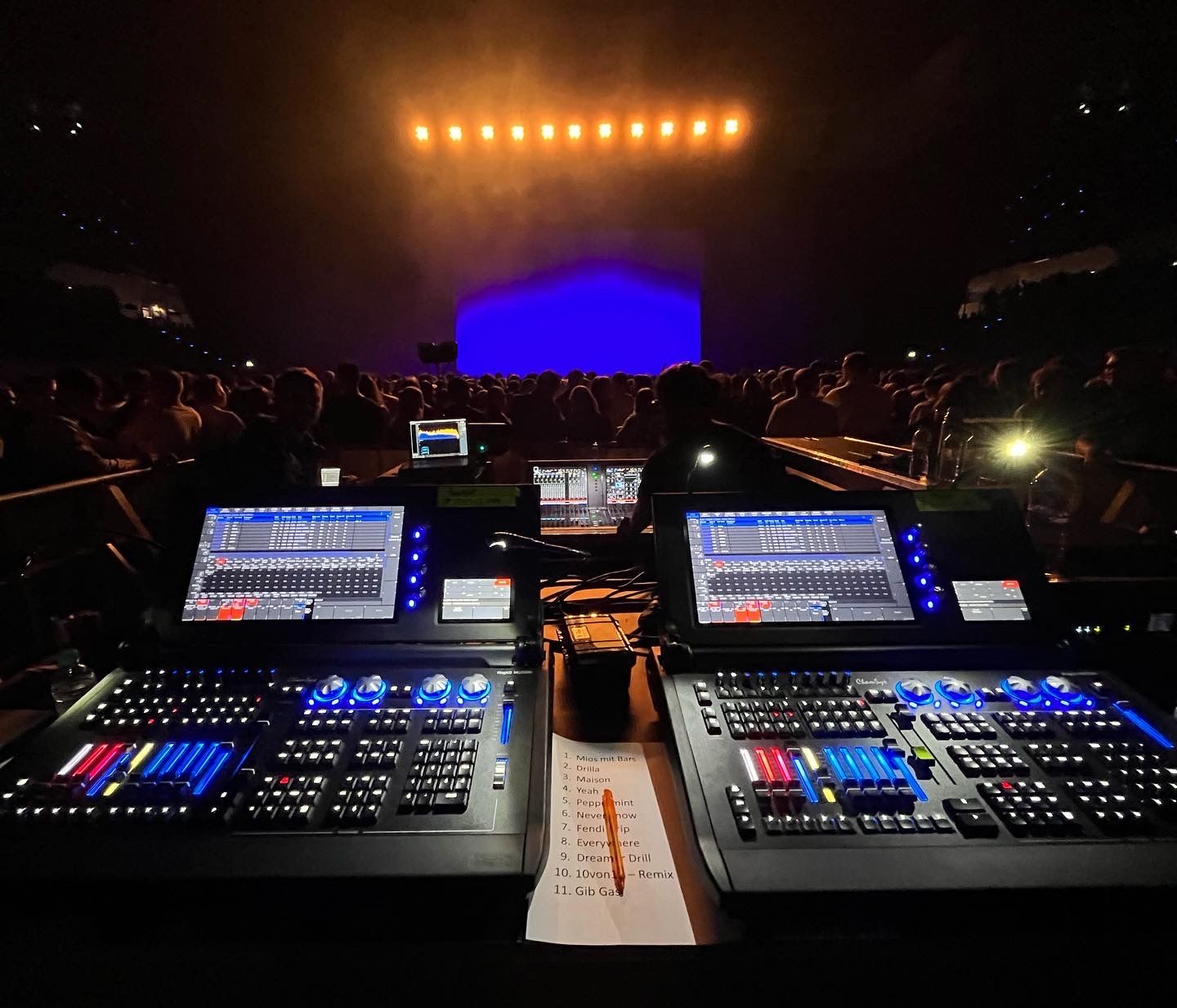ChamSys Offers Comprehensive Training and New Products at PLASA 2024

LONDON – The Hilton London Olympia is 0.322 kilometers from the Olympia Events convention centre, a mere four minute walk, give or take a few seconds. But those who make that short trek during PLASA 2024 will gain some valuable knowledge that is likely to take their careers great distances for years to come.
ChamSys will be conducting a series of learning sessions during the first two days of the three-day show, which runs from September 1-3, at the Hilton’s Warwick and Napier Rooms. The sessions will cover a variety of topics, from an introduction to MagicQ, to a guide to achieving faster programming with Group Cues and Group FX, as well as well as learning experiences with guest LDs like David Howard and Simon Horn. Some session will involve a nominal fee but will provide gift bags that include a MagicDMX worth £15. For a complete training session schedule and registration form, https://chamsyslighting.com/pages/plasa-london-2024.
Visitors at the events centre are also invited to visit ChamSys at Booth D10 to get hands on experience with the company’s control solutions, including the powerful MagicQ MQ500+ Stadium Console, which offers direct control of 400 universes with no external processing, gigabit networking, and the ability to support two touchscreens directly from the back panel.
Also on display at the booth will be GeNetix control solutions that simply data distribution with lighting products, including those from CHAUVET Professional and Iluminarc.
CHAUVET Professional will be sharing Booth D10 with ChamSys. The company will be showcasing many of its latest products, including the two newest members of the award-winning Maverick Silens family of quiet, fanless fixtures: the 430W Maverick Silens 1X Profile and 760W Maverick Silens 2X Profile. Other fixtures highlighted at the booth will be the Ovation Reve family, and the exciting STRIKE Bolt 1C and STRIKE Bolt 2C, which already have been shaking up the concert and touring world with their unique ability to transition smoothly from potent strobing to smooth colour block effects.
Booth D10 has been designed to engender networking and customer connections. To further this connectivity, CHAUVET Professional and ChamSys will be hosting a get together at a Sixes Social Cricket Club on Monday. Visitors can learn more at the company’s booth. Though the companies will be offering plenty of sound advice at Booth D10 and at the Hilton training rooms, when it comes to flicking Kookaburras visitors will be on their own.












